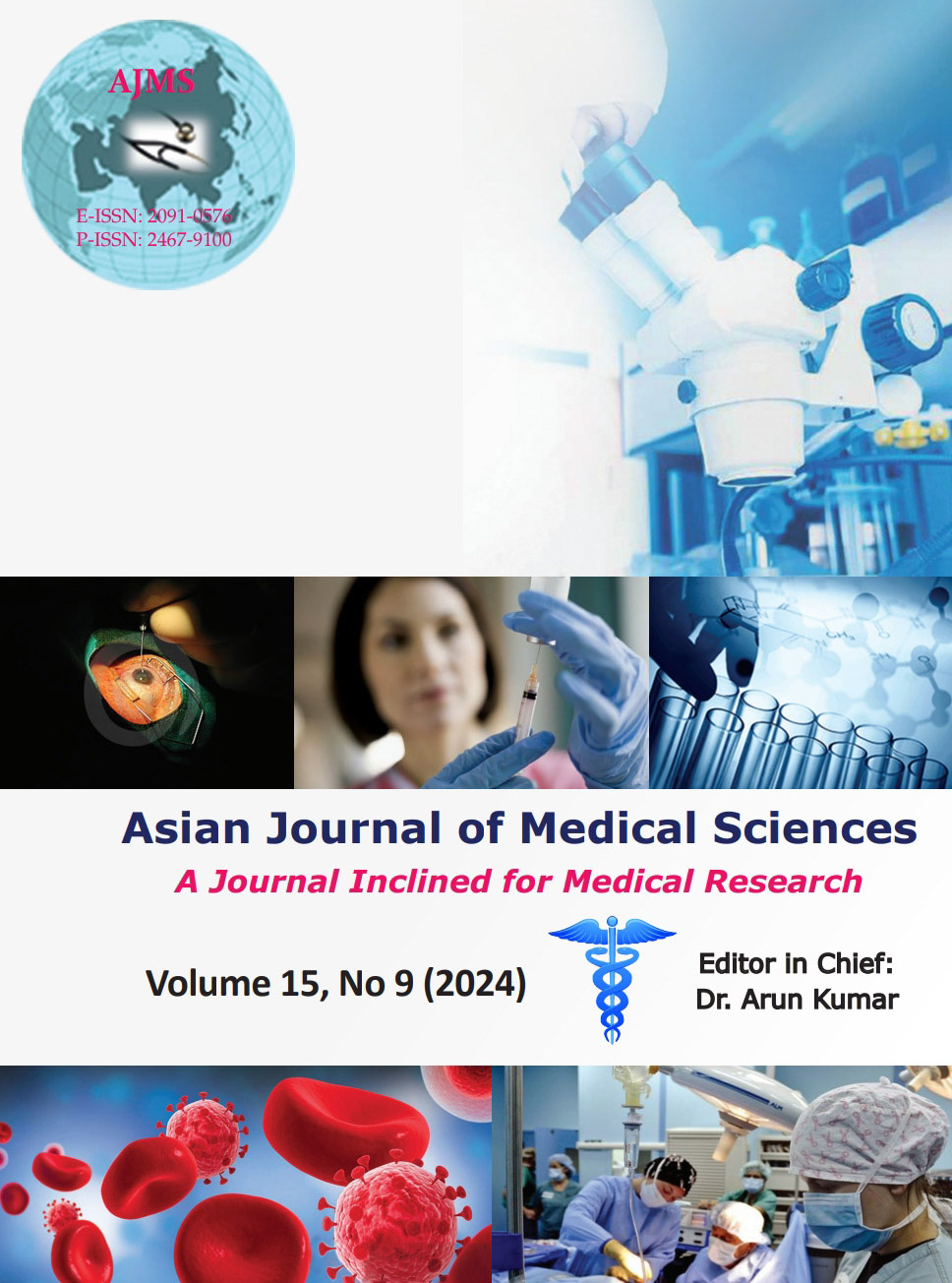Enhancer hijacking: Innovative ways of carcinogenesis
Keywords:
Enhancers; Promoters; Genomics; Hijacking; Chromosomal translocations; CancerAbstract
Enhancer elements are specific DNA sequences that play a crucial role in regulating gene expression. Located upstream or downstream in the genomic context, enhancers enhance the transcription of linked genes. This is achieved by providing binding sites for transcription factors and other proteins, acting as a nucleation point that promotes the assembly of the transcriptional machinery.
What makes enhancers unique is that located even thousands of base pairs away, they can exert their function. They can act over long distances, looping to interact with the promoter region of their target genes. Enhancers are often involved in cell type-specific gene expression as different cells express different sets of genes by activating and repressing cell type-specific enhancers.
Cancer cells seem to co-opt this mechanism and hijack it for their own survival. In this process, an aberrant enhancer element activates the transcription of oncogenes (genes that have the potential to cause cancer) due to some alterations in genomic structure or regulatory elements that happen in cancer, contributing to tumorigenesis and cancer progression. Enhancer hijacking often occurs through complex genomic rearrangements such as chromosomal translocations and other structural rearrangements such as deletions or amplifications.8 These alterations can bring a usually distant, far-located enhancer into proximity with an oncogene, leading to its inappropriate activation. This is often seen in various cancers, including leukemias and solid tumors.
Enhancer hijacking and its effects on gene regulation in cancer are frequently studied using methods such as RNA sequencing, chromatin conformation capture, and CRISPR-Cas9. Finding an enhancer hijacking event may be used to inform treatment choices, especially in precision medicine settings, and may also function as a biomarker for particular cancer types.
Downloads
Downloads
Published
How to Cite
Issue
Section
License
Copyright (c) 2024 Asian Journal of Medical Sciences

This work is licensed under a Creative Commons Attribution-NonCommercial 4.0 International License.
Authors who publish with this journal agree to the following terms:
- The journal holds copyright and publishes the work under a Creative Commons CC-BY-NC license that permits use, distribution and reprduction in any medium, provided the original work is properly cited and is not used for commercial purposes. The journal should be recognised as the original publisher of this work.
- Authors are able to enter into separate, additional contractual arrangements for the non-exclusive distribution of the journal's published version of the work (e.g., post it to an institutional repository or publish it in a book), with an acknowledgement of its initial publication in this journal.
- Authors are permitted and encouraged to post their work online (e.g., in institutional repositories or on their website) prior to and during the submission process, as it can lead to productive exchanges, as well as earlier and greater citation of published work (See The Effect of Open Access).




